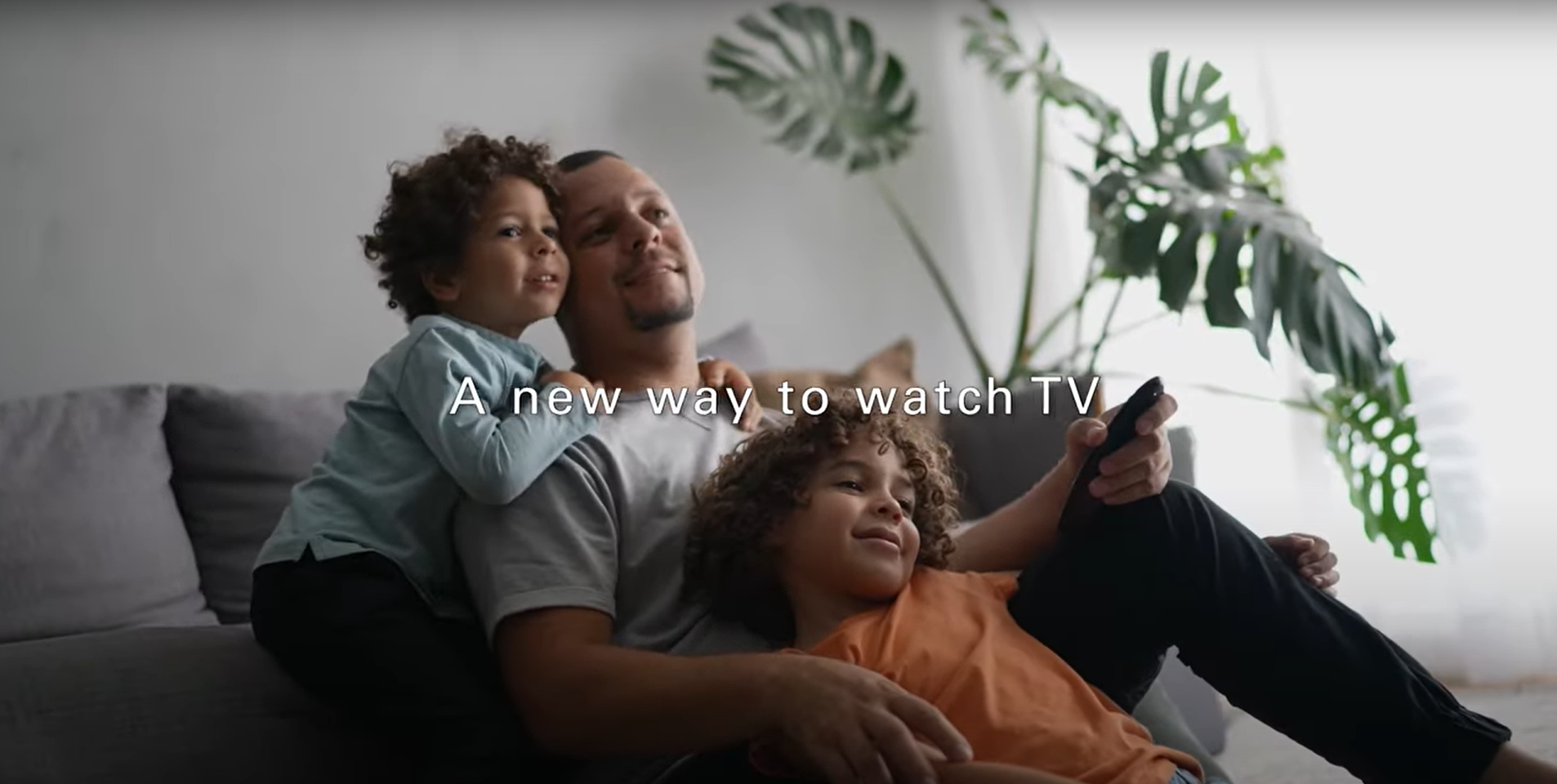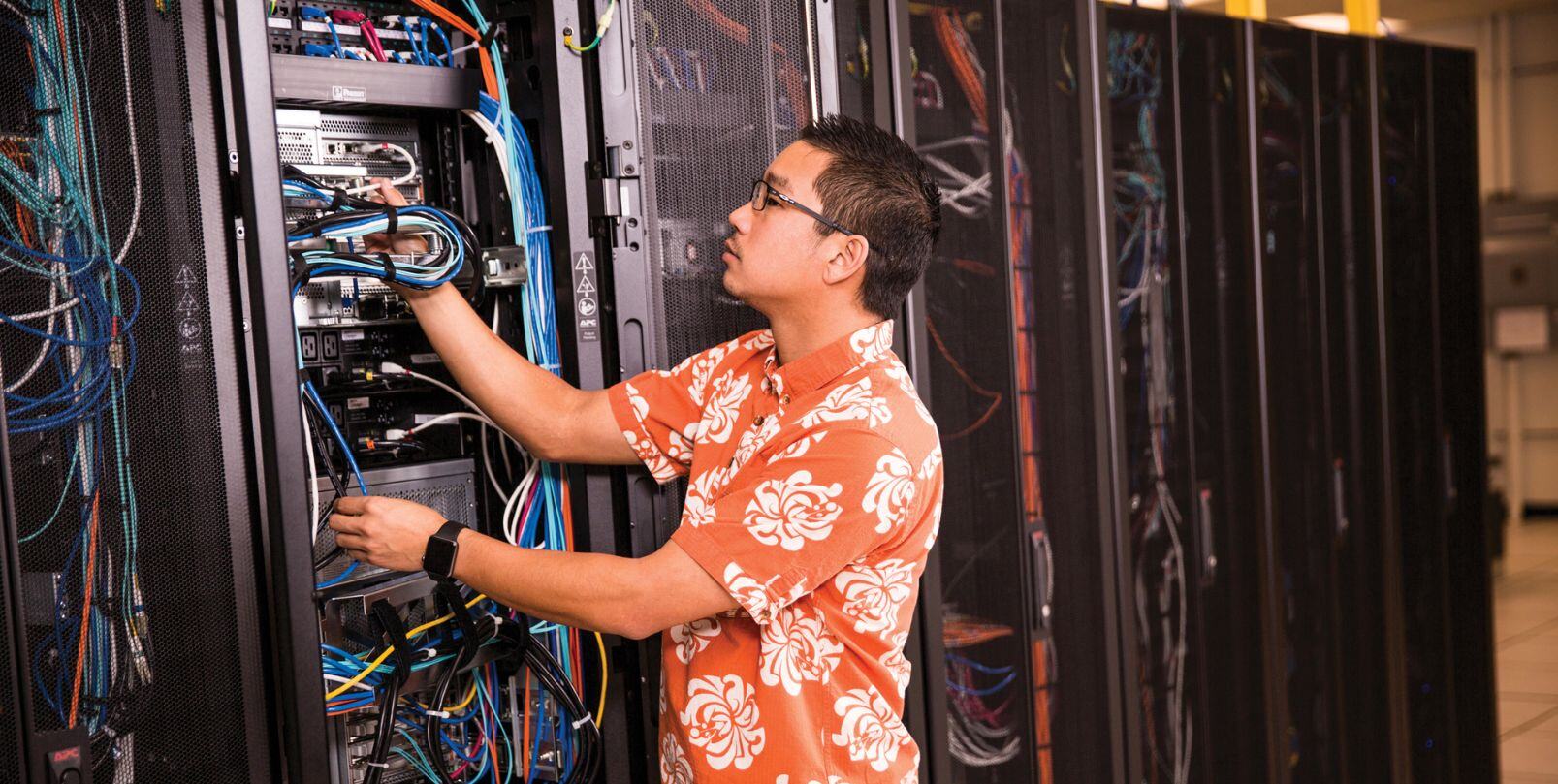Weighing the pros and cons of fiber, compared with 5G
Access to fiber — for high-speed internet service — continues to grow in Hawaii. At the same time, cellphone service providers in Hawaii also continue to grow the availability of 5G technology. However, which is the best fit for you?
What is fiber, high-speed internet?
Fiber, high-speed internet uses light to transmit data directly from the provider right into your home or business. The speeds available vary by service from 20 megabits per second (Mbps) all the way up to 1 gigabit per second (Gbps), with the potential for even faster speeds. Developments in the industry show multigig service is not that far off in the future for most customers. When fiber backbone is built, the connection becomes future-proof. It simply becomes a matter of replacing network components for service providers to offer increased speeds.
What is 5G?
5G is radio wave-based technology that is the next level up from the previous generation of 4G Long-Term Evolution. The main difference between these two generations is that 4G LTE used low-band frequencies. 5G uses a mix of low-, mid- and high-band frequencies. The use of these higher frequency ranges requires it to tap into wireless transmitters every
hundred meters or so. This is optimal in high-density areas but more difficult in remote areas. Higher-frequency transmissions also have difficulty penetrating buildings and other parts of the natural landscape.
Fiber versus 5G
Both 5G and fiber are mediums for physical layer transport where there is a connector on each end. Both are reliable mediums for communication when properly designed and built.
However, fiber has a greater data capacity in that its light waves use petahertz frequencies for greater bandwidth than the gigahertz frequencies of 5G. At the aggregate level, fiber can move terabits per second, whereas 5G supports gigabits per second. For service providers, the cost of fiber cable is low, and it’s simple to interconnect with standard connectors (the challenge being getting the last mile to the home/business). Fiber does not encounter variations in physical layer transport due to the environment like 5G, and is stable from a data loss perspective whereas 5G must account for variable fading or buffer capacity degradation.
5G, on the other hand, does not have to worry as much about a cable being cut from environmental factors such as storms, or even cybersecurity threats. Yes, there are cables in places throughout the wireless network, but not to the extent that a fiber network has. Without a heavy reliance on cables, wireless providers do not have the associated labor costs.
According to a report from VNet Network Technologies, both technologies have their pros and cons. Fiber will provide a much more reliable signal strength, is immune to electromagnetic signals, and there is no way to
intercept or tap information in transmission through a fiber cable. Fiber, however, does require a cable to be run directly to the premises, which can be a problem if there is no infrastructure to support it yet.
Speed tests
An article by Opensignal studied a variety of statistics concerning 5G. Hawaii is tied for third for 5G availability, which measured the proportion of time users with a 5G device and subscription had an active 5G connection. It also established a “baseline” expectation. 5G users in Hawaii can expect 88.9 Mbps on average. Video experience over 5G was tied at 37th place but still in the “good” range. For the gamers out there, Hawaii’s gaming experience over 5G was considered “poor.” While theoretically, 5G promises to deliver fast speeds, the majority of 5G networks in Hawaii can provide only the low-band version at this time.
What it means for you
In Hawaii, both fiber and 5G services are growing and continue to expand. Savvy consumers are left to wonder whether they need fiber. If they have a 5G-capable phone, that can act as a “hot spot” for their home internet service or some other 5G Fixed Wireless Access home networking device from their carrier. Is fiber even worth it? The short answer: Don’t cut that cord yet, as there are a lot of things to consider.
To simplify, we break it down to a few common areas of home internet use. Your household use might fit any combination of the below:
>> Casual internet use
>> Video streaming
>> Music streaming
>> Internet gaming
>> Work/school from home
>> Home security
>> Smart-house devices
The more you utilize the above and the higher the number of devices in the home, the greater the demand on your service. In Hawaii, fiber has several speed options available to meet your household needs; is consistently fast, stable, reliable and responsible; and has no data caps. If you are in an area that is already fiber-enabled, you have access to get the fastest internet speeds available with much lower latency than available 5G offerings can provide. Considering that there are many multigenerational homes in Hawaii, the number of people working from home, and the amount of streaming music, video and gaming our residents do, fiber services are likely the better option.
———
Nicholas Theuriet serves as product manager at Hawaiian Telcom. Reach him at Nicholas.Theuriet@hawaiiantel.com.
© Honolulu Star-Advertiser
Visit this article in the Star-Advertiser.







